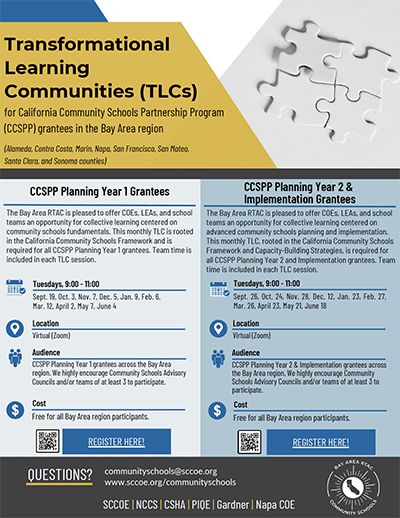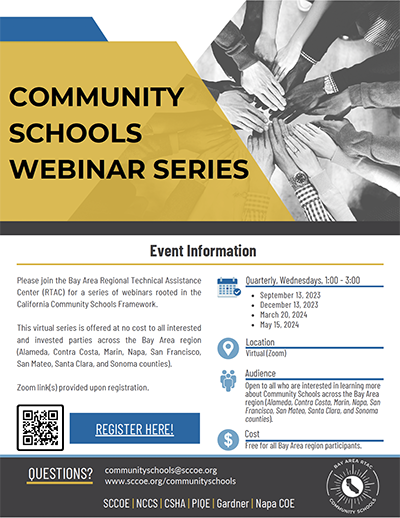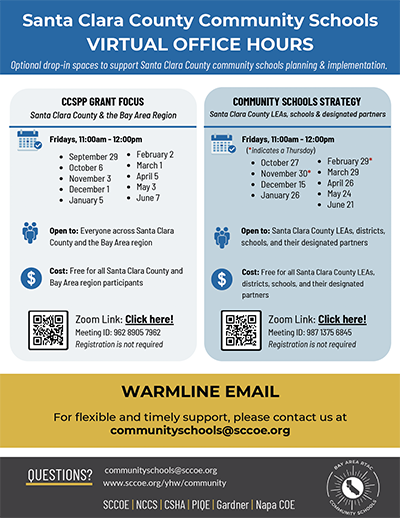A Community School is any school serving pre-Kindergarten through high school students using a “whole-child” approach, with “an integrated focus on academics, health and social services, youth and community development, and community engagement.” As a school improvement strategy, community school initiatives enable the local educational agency (LEA) and school to work closely with educators, students, and families to understand and address the unique needs, assets, and aspirations of the school community.
— California Community Schools Partnership Program Framework
What is a Community School?
¿Qué es una escuela comunitaria?
![]() Integrated Student Supports can support student success by meeting their academic, physical, social-emotional, and mental health needs. Statute defines this as including the “coordination of trauma-informed health, mental health, and social services.” Effectively supporting students also requires that students be well known so that they can be well served.
Integrated Student Supports can support student success by meeting their academic, physical, social-emotional, and mental health needs. Statute defines this as including the “coordination of trauma-informed health, mental health, and social services.” Effectively supporting students also requires that students be well known so that they can be well served.
![]() Family and Community Engagement involves actively tapping the expertise and knowledge of family and community members to serve as true partners in supporting and educating students. Statute defines this as including “home visits, home-school collaboration, [and] culturally responsive community partnerships.” Learning opportunities for family members as well as structures and opportunities for shared leadership are other important elements of authentic family engagement.
Family and Community Engagement involves actively tapping the expertise and knowledge of family and community members to serve as true partners in supporting and educating students. Statute defines this as including “home visits, home-school collaboration, [and] culturally responsive community partnerships.” Learning opportunities for family members as well as structures and opportunities for shared leadership are other important elements of authentic family engagement.
![]() Collaborative Leadership & Practices for Educators and Administrators establish a culture of professional learning, collective trust, and shared responsibility for outcomes in a manner that includes students, families, and community members. Statute defines this as including “professional development to transform school culture and climate that centers on pupil learning and supports mental and behavioral health, trauma-informed care, Social Emotional Learning [and] restorative justice.
Collaborative Leadership & Practices for Educators and Administrators establish a culture of professional learning, collective trust, and shared responsibility for outcomes in a manner that includes students, families, and community members. Statute defines this as including “professional development to transform school culture and climate that centers on pupil learning and supports mental and behavioral health, trauma-informed care, Social Emotional Learning [and] restorative justice.
![]() Expanded Learning Time & Opportunities include academic support, enrichment, and real-world learning opportunities (e.g., internships, project-based learning). Statute refers to these opportunities as both “extended learning” and “expanded learning” and defines them as including “before and after school care and summer programs.” Expanded learning opportunities can also include tutoring and other learning supports during school hours.
Expanded Learning Time & Opportunities include academic support, enrichment, and real-world learning opportunities (e.g., internships, project-based learning). Statute refers to these opportunities as both “extended learning” and “expanded learning” and defines them as including “before and after school care and summer programs.” Expanded learning opportunities can also include tutoring and other learning supports during school hours.
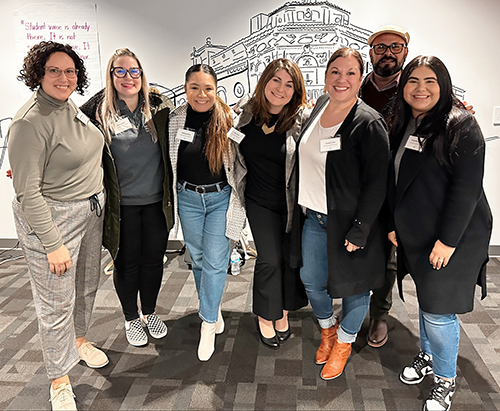
The following tools are working documents created by the S-TAC and the State Board of Education. These will provide guidance and serve as a tool to understand the community Schools framework and capacity building strategies.
- California Community Schools Framework (external website, new window)
- Capacity- Building Strategies (external website, new window)
- Overarching Values (external website, new window)
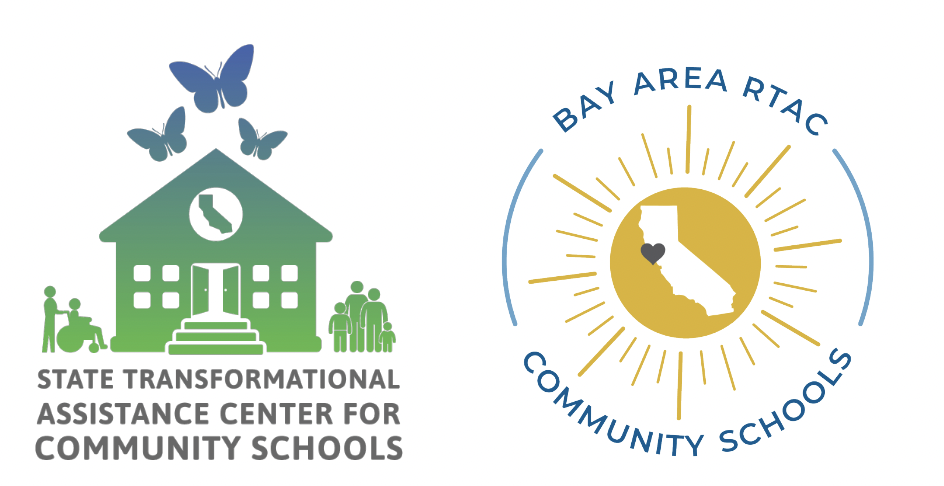
State Transformational Center (S-TAC) (external website, new window)
Bay Area Regional Transformational Center (R-TAC) (external website, new window)

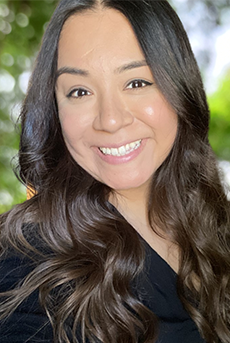
Vanessa Rubio- Mabanta
Community Schools Program Planner
vrubio@napacoe.org
707.265.2795
Sara Sitch
Community Schools Program Director
ssitch@napacoe.org
707.321.5061

